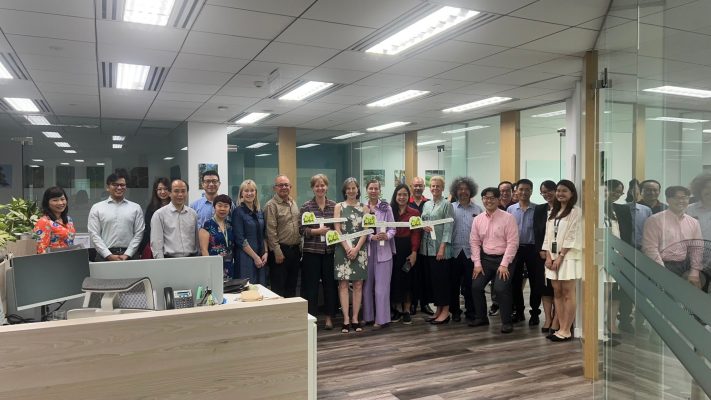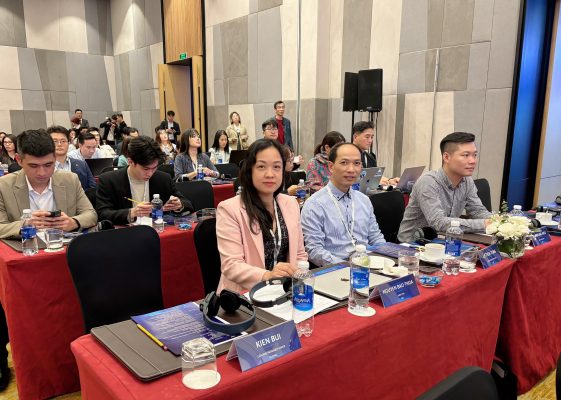BRONZE Casting
Bronze casting is a longstanding craft of the Vietnamese and of particular notoriety in Hue. Long ago the best bronze casters of Vietnam were grouped together into the city ward of Phuong Duc. The highly regarded craft guild lies along the southern bank of the Perfume River, between the Da Vien bridge and Long Tho, about three kilometers southwest of the city center.
During the Nguyen Dynasty the area was a bustling workplace responsible for providing essential goods to the south of Vietnam during the reign of the last imperial family. Included in the bronze provisions were weapons, Buddhist alters and offering sets, and daily utensils. Commonly referred to as the Cast Ward, Phuong Duc consists of five hamlets; Giang Dinh, Giang Tien, Kinh Nhon, Ban Bo, and Truong Dong. Of these, Kinh Nhon and Ban Bo are the two largest and most reputed bronze casting villages.
According to local history, the father of the craft was Nguyen Van Luong. He came from the northern province of Bac Ninh. Settling in Hue, he endowed down his detailed knowledge of this historically important craft to his children and grandchildren. Today you can find the eleventh and twelfth generations of the Nguyen family continuing the tradition. Presently the guild operates sixty-one casting furnaces and employs roughly one hundred and fifty craftsmen. Commonly sought after products range from household appliances such as flower vases, pots, and pans; to religious funereal accessories such as urns, statues, caskets and bells.
The excellent artisans of this well established guild have historically contributed to the Imperial city’s bronze masterpieces like the Dai Hong Mon at the Thien Mu Pagoda, and the famous Nine Cannons of Hue in front of the Hue City Royal Citadel. The Nine Bronze Urns in Dai Noi are considered to be a priceless work of art with one hundred and sixty-two relief patterns. These are just a few of the the striking achievements of Vietnam’s bronze casting of two centuries ago.
Other more recent achievements include the casting and tuning of a giant bell and the restoration of an ancient drum. Both Vietnamese artists and art troupes from Thua Thien-Hue Province, Ho Chi Minh City and Hanoi are among those who gathered to celebrate the memorable event which opened with a program of traditional music and dancers backed by the rhythmic echo of drums.
The Nguyen family, like the other bronze-casting families in the Cast Ward, keep their formulas, casting techniques and traditional methods a closely held family secret. To read more about this astonishing family, see the article titled, The Golden Hands of Nguyen Van Sinh. In general it can be said that the best bronze casts consist of approximately seventy percent bronze, ten percent zinc, ten percent tin, and eight percent lead. Each forging procedure is specially crafted for a particular characteristic and is generally the same for other bronze-casting locations in Vietnam. However the important difference is in design and technique which is a genuine test of skill.
Bronze products made in the Cast Ward of Hue are popular in Vietnamese traditional and religious ceremonies, and have become increasingly popular with foreign visitors. It can be said in Vietnam the families of Bronze Artisans reflect the forging of modernity with an ancient tradition through their skilled craftsmanship and eye for detailed beauty.





